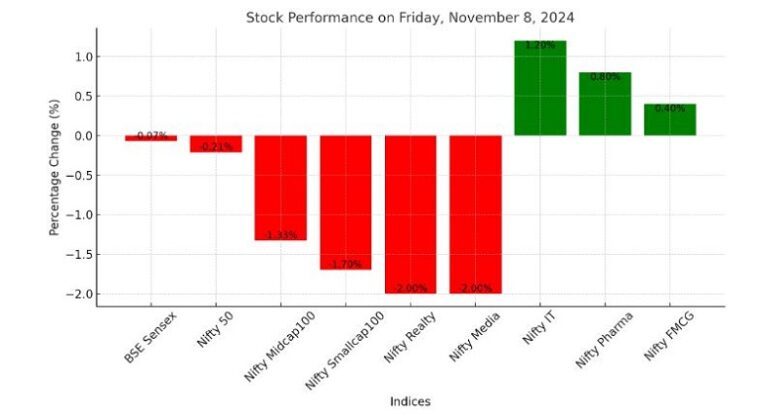October 7th, 2024, Mumbai| The Partition Museum, Delhi, inaugurated its ground-breaking gallery, The Lost Homeland of Sindh, yesterday, in the presence of Shri Gajendra Singh Shekhawat, Honourable Minister of Culture and Tourism, Government of India and Shri Jitu Virwani, Chairman & Managing Director, Embassy Group. Other guests of honour included Shri Shankar Lalwani, Member of Parliament, Indore, Pratibha Advani, Media Personality and Meenakshi Lekhi, Former Minister of State.
The Sindhi Culture Foundation, the Embassy Group and the Partition Museum invite you to step back in time and into the homes and lives of our ancestors. The Lost Homeland of Sindh pays homage to the resilient but, above all, enterprising forefathers and mothers who lost everything in the 1947 Partition and rebuilt their lives in new lands across the world, relying on their wits, skills, and business acumen. Weaving architecture, crafts, memorabilia, and oral history with archival material and contemporary art, the gallery provides a living discourse of a displaced culture, which went on to integrate and thrive in its new avatar across the globe.
This gallery is made possible by the Embassy Group, one of India’s leading real estate developers, The Arts and Cultural Heritage Trust (TAACHT), which set up the Partition Museum and The Sindhi Culture Foundation.
The festivities were graced with a musical performance by Kaajal Chandiramani, famously known as the Nightingale of the Sindhi Community.

“It fills me with immense pride to be associated with The Arts and Cultural Heritage Trust and Sindhi Culture Foundation and witness their dedicated efforts in preserving and promoting our understanding of this crucial chapter in history,” said Jitu Virwani, Chairman & Managing Director, Embassy Group. “As part of the lakhs of families that were displaced during the partition of India, I’m honoured to have contributed to the restoration of this significant monument and the creation of The Lost Homeland of Sindh gallery—a space that not only echoes architectural beauty but also resonates with memories of a cherished homeland.”
“When we, at The Arts And Cultural Heritage Trust, set up the world’s first Partition Museum in Amritsar in 2017, and later the second one in Delhi in 2023, we had deeply felt the need for a full-fledged Sindhi narrative — and it was crucial for us to create a space where the Sindhi community could come together to commemorate their lost homeland. We are very grateful that after years of struggle we have found wonderful partners in Embassy Group, with Jitu Virwani and the Sindhi Culture Foundation, with Aruna Madnani, to create the world’s first and only gallery dedicated to the Lost Homeland of Sindh. Just as other communities come to the Partition Museums to commemorate the world’s largest migration in 1947, we are sure that the Sindhi community will find healing and reconciliation and cultural recognition in this beautiful new gallery at the Partition Museum in Delhi.” added Lady Kishwar Desai, Founder, Partition Museum and Chair of The Arts and Cultural Heritage Trust (TAACHT).
The Lost Homeland of Sindh offers itself as a bridge between generations—a memorial to those who have remained connected to their roots and an invitation to the ones who yearn to discover or revisit them. “This is an attempt to share the tangible and intangible heritage, the trials and triumphs of the displaced Sindhi community,” says Aruna Madnani, Founder – Managing Trustee, Sindhi Culture Foundation and Gallery Curator, “while offering the younger generation a way to connect and interact with their roots.”
Visitors are welcomed into The Lost Homeland of Sindh by a map of the River Indus, the heart of the Sindhi community, guiding them through vintage portals into a meticulously reconstructed Sindhi haveli. This space, built from the remnants of displaced heritage, showcases artifacts donated by former refugees.
Ornate Shikarpuri carvings on Burma teak—door frames, railings, bannisters, and swings—evoke the architecture of ancestral Sindhi homes. The exhibition also highlights Ajrak, an ancient block-printing technique dating to the Indus Valley civilization, featured in a unique map of Sindh embroidered with mirrorwork. A hand-embroidered Sindhi Global Banking and Network Map traces historical trading routes by land and sea, created by Katchchii tribes.
Windows to Sindh, a central feature, offers a 45-minute virtual journey through Sindh’s landscapes, religious sites, and historical landmarks, conceived by CAMP artists and vloggers from Sindh. The Freedom Fighters Panel, researched by Nandita Bhavnani and Saaz Aggarwal, showcases freedom fighters’ contributions, accompanied by a video by renowned artist group, CAMP.
Other notable displays include Reena Kallat’s poignant video inspired by Karachi’s 1932 directory, and archival footage of Sindh Pre-Partition. The exhibition delves into the Sindhi refugee narrative, with clips from Abana (1956), the first Sindhi-language film, capturing the refugees’ spirit of resilience. A highlight is the Ulhasnagar Matrix, which portrays the journeys of Sindhi refugees post-Partition through LED profiles, electronics, and handwritten text, created by CAMP and collaborators.
Immersive multi-media displays, video interviews, films, talks, poetry readings, and festivals aim to bring alive a vibrant culture that has held on to their identity despite the mass displacement. More than a repository of art and artefacts, The Lost Homeland of Sindh is a platform for dialogue and understanding.
The gallery is located within the Partition Museum at the Dara Shukoh Library in old Delhi. Focussing on the national movement leading up to Independence and Partition, the mass migration of 20 million refugees, and the subsequent stories of survival and rehabilitation, each gallery in the Partition Museum features a collection of people’s oral histories, objects, and archival material. The museum was set up by TAACHT, led by the Founder and Chair, Kishwar Desai, under the Union Ministry of Tourism’s Adopt a Heritage scheme. The Partition Museums in Amritsar and Delhi are both people’s museums created through the generous support from the people to preserve this crucial part of India’s heritage.


+ There are no comments
Add yours